For too long now, Malmö has been underrated and had a reputation of being an unsafe city with too many criminals and too much ethnic division. It has been named the ‘crime capital of Scandinavia’. It has been called ugly, uninteresting, bland. But I’d never actually seen it for myself.
Despite the fact that Malmö lies literally JUST across the Øresund Bridge from Copenhagen, only an hour on the bus, I hadn’t yet set foot there. When my childhood friend Anna visited me for four days here in Copenhagen in mid June, we decided to pay the city a visit!
Malmö is the fifth largest city in Scandinavia, the third largest city in Sweden, and the capital of the county of Scania. The city was founded in 1275 and was the second largest city in Denmark for many hundreds of years, before Scania became Swedish. The city is home to 700,000 people, of which 43 % have a foreign background, including Denmark as one of the main sources of immigration, as Malmö is a cheaper city to live in than Copenhagen, so many choose to move to Malmö and work in Copenhagen.
At 8 AM on June 14th, Anna and I set off from the central station in Copenhagen on Bus 999 towards Malmö. An hour later, we arrived on Gustav Adolfs Torg in the heart of the city.


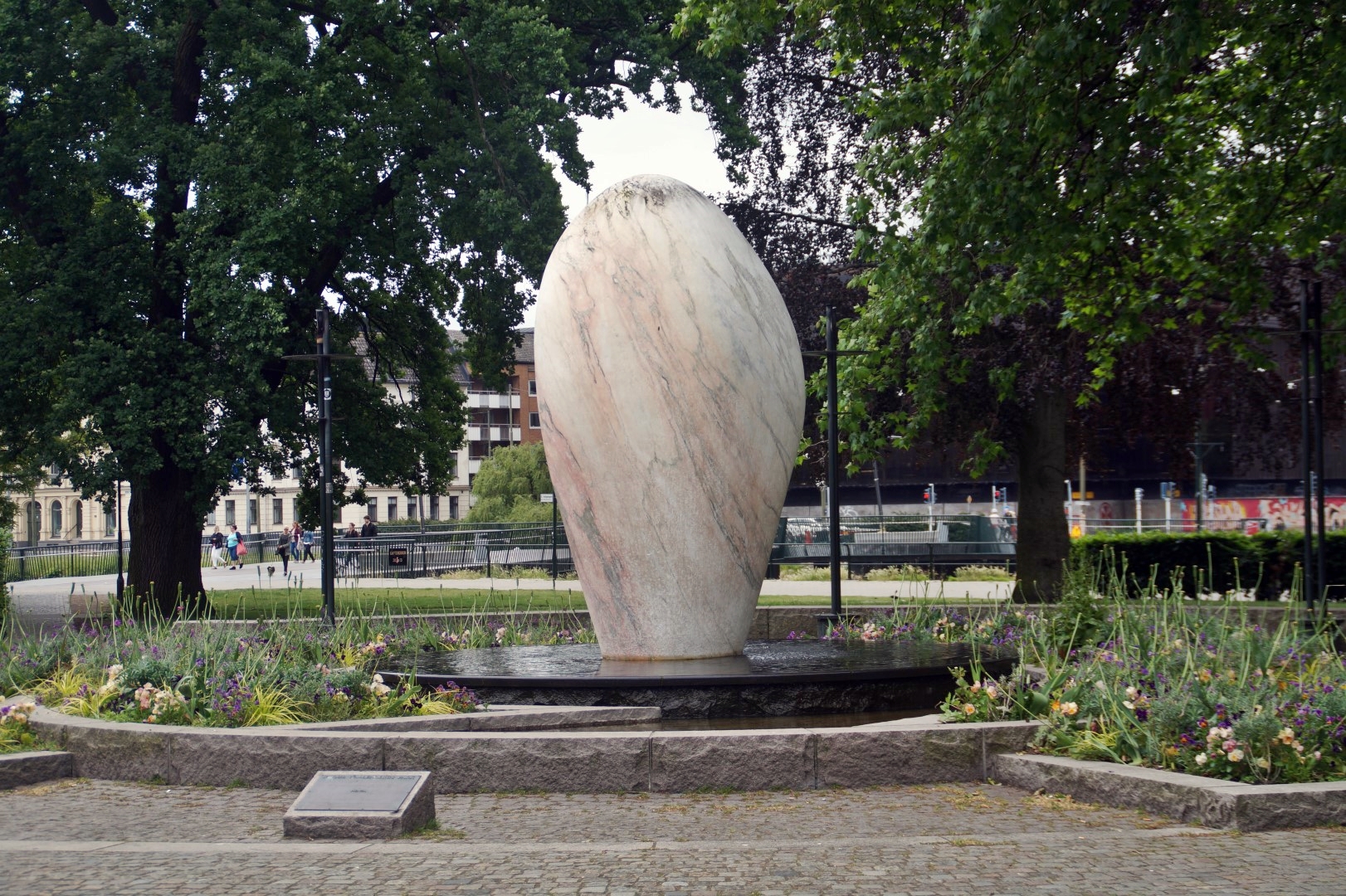


For our day trip to Malmö, we had a long set list of things that we wanted to see. Mainly, we wanted to explore the old part of the city, some of the many parks and the beach from where we could get a great view of the skyline, including the towering Turning Torso.
We started off by heading straight out of the center of the city to Pildammsparken, which was one of the most perfect parks I’ve seen in a long time. There’s an area with a big pond, where the Vattentornet (water tower) reflects itself and swans and ducks swim about, and then there’s this beautifully framed in green area, where many groups of youngsters were enjoying the hot summer day with music, games and grill food.






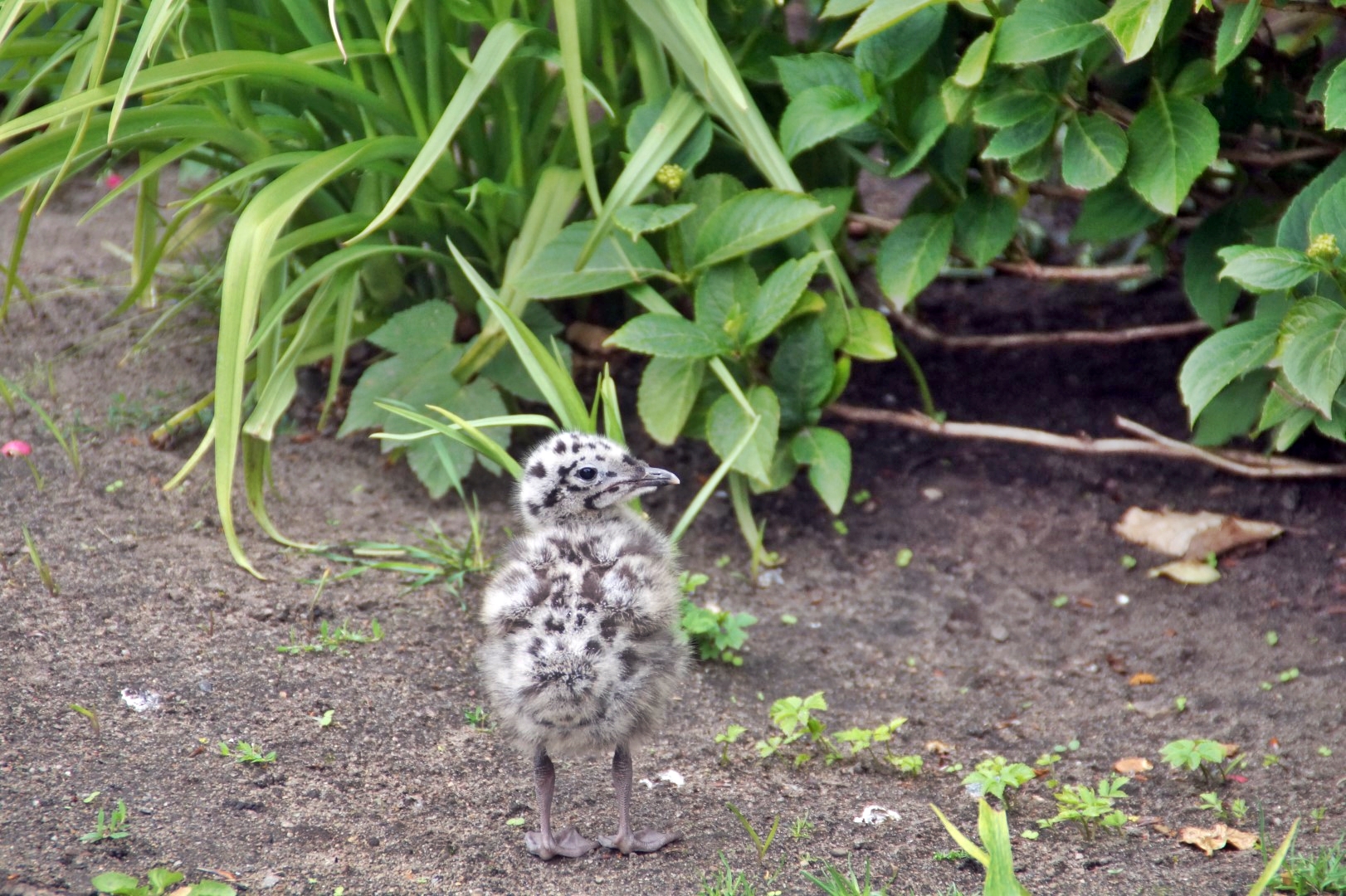
The next thing that we wanted to see was the beach Ribersborgsstranden. It was a beautiful day, so going to the beach only seemed natural. Also, we really wanted to get a good view of Malmö’s famous skyline with the Turning Torso towering above the other buildings.
The walk to the beach took a while, as it’s located a few kilometres from the center of Malmö, but we had plenty of time and we are both good at entertaining each other with singing and other fun games.
The beach was full of people – and seagulls. This was my favourite place of all that we visited in Malmö. The view was just as amazing as I’d imagined, if not better. We could see all of Malmö on one side and the Øresund Bridge that would lead take us back to Denmark on the other side.
We spent quite a while there, most of it on a pier, where we had the most fun ever while taking silly jumping photos in front of the skyline view!
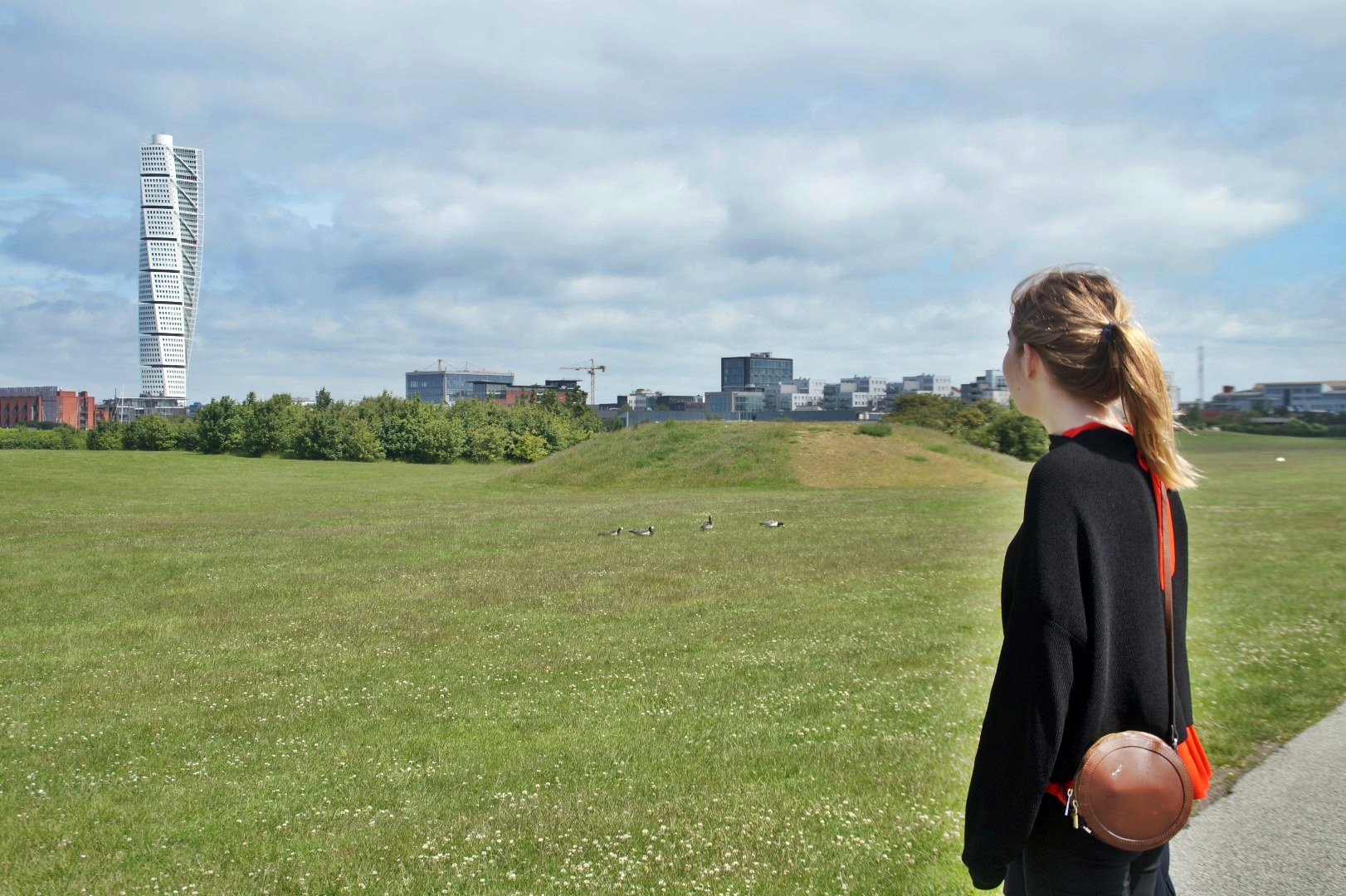




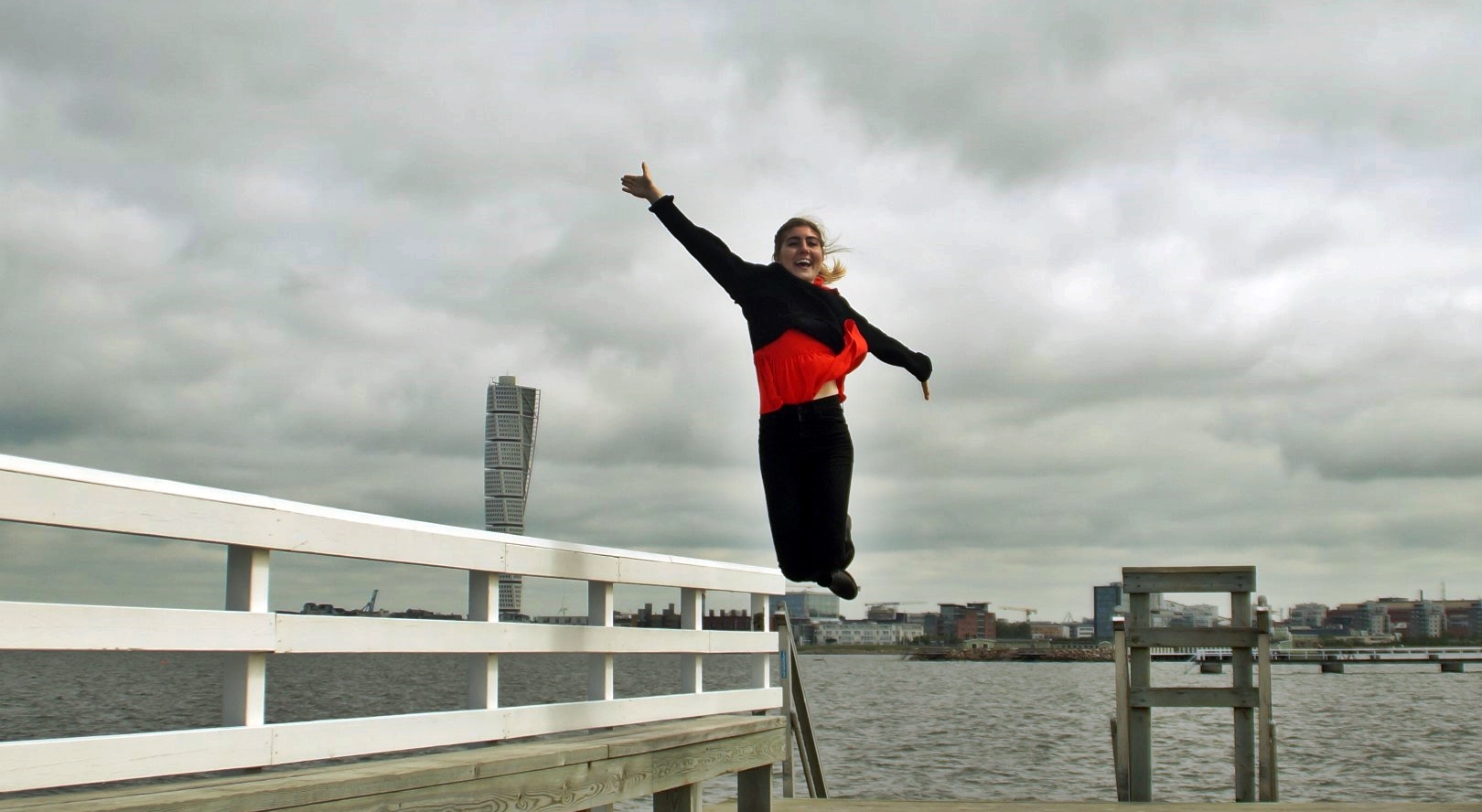

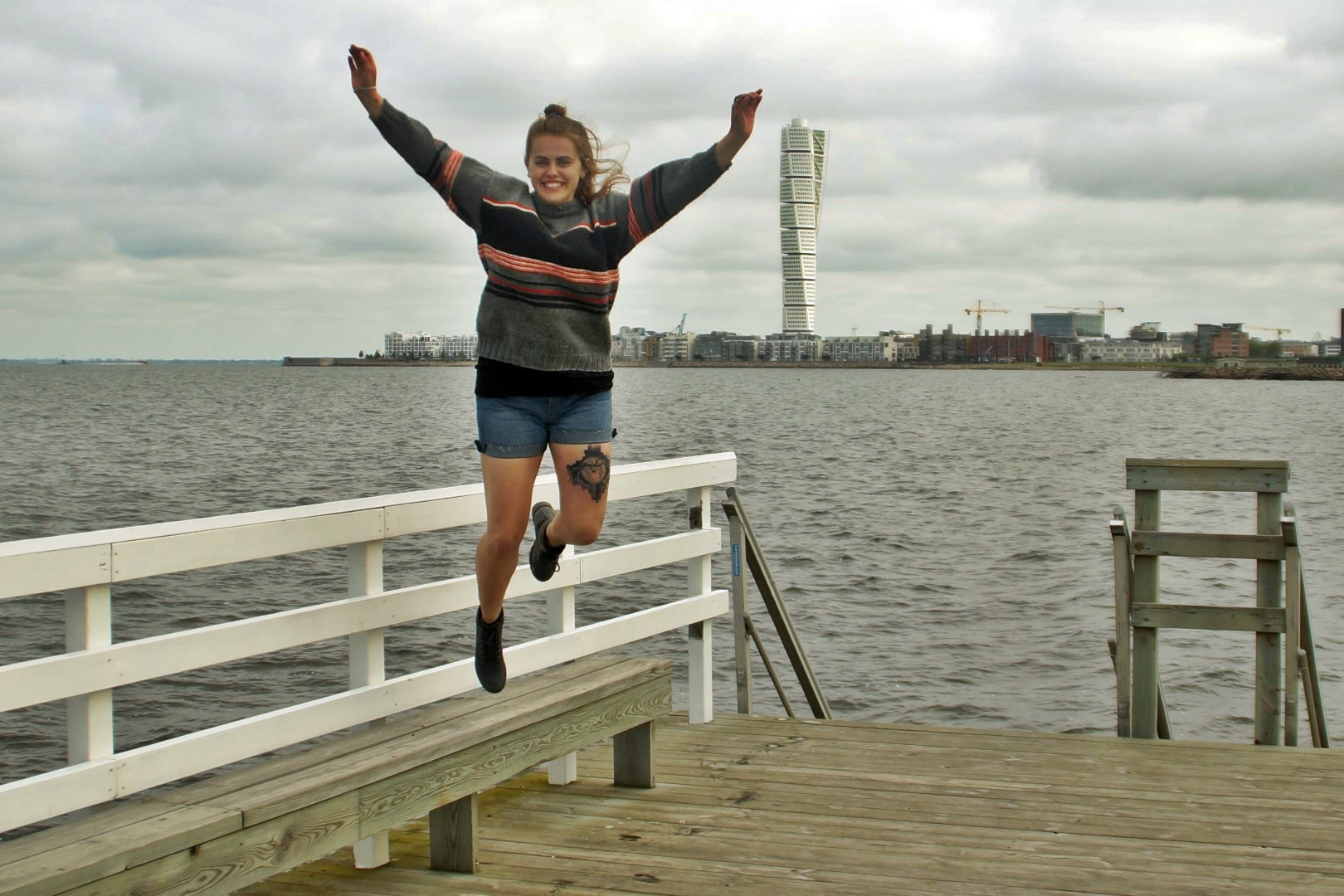

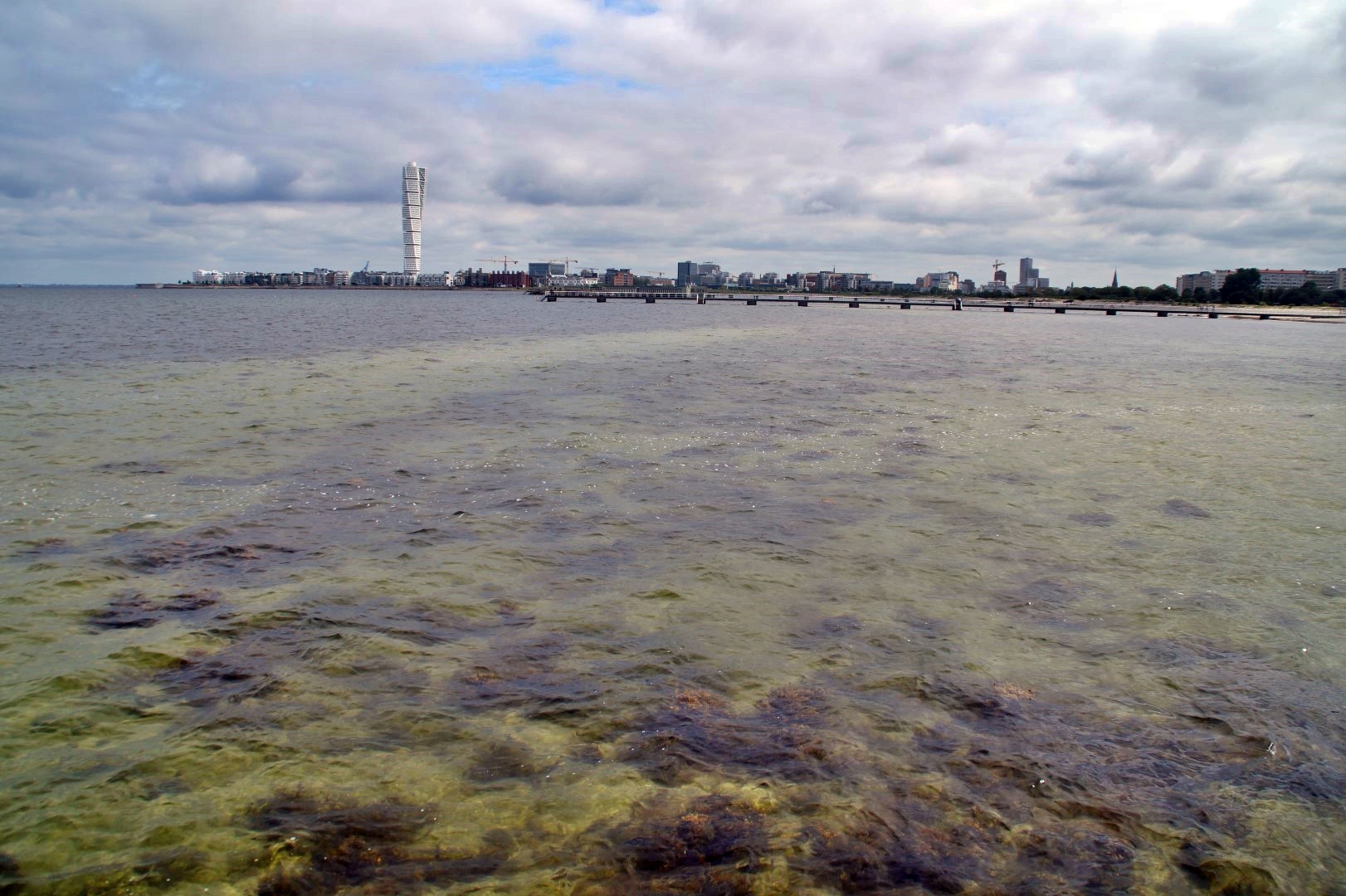

After taking about 100 jumping photos, it was time for us to head back to the center of Malmö, so we could explore that before having to go back to Copenhagen.
On the way to the center, we came by Malmöhus Slott, which is the oldest preserved Renaissance castle in the Nordics. It was built between 1526 and 1530, on top of an older castle from 1434. In 1828, the castle became a prison, until it was closed down in 1909. In 1937 it became a museum and has since been restored and renovated to look like it did in the 16th and 17th centuries.
Surrounding the castle is the park Kungsparken from the late 19th century. The park opened for the public in 1872 and thus is the oldest park in Malmö.






Soon after, we were in the center of Malmö, at the coziest little square called Lilla Torg. This is the place where everything happens in Malmö, where all the locals go and where the food and clubbing is the best.
The other sights that we saw in the center includes some other cozy squares, the 14th century Church of Saint Petri, the early 20th century Church of Saint Johannes and last but not least Ebba’s House, a remarkable building, which tells the story of Ebba Olsson and her fight to keep her old streethouse from the 18th century intact, while all the buildings around it were being demolished and rebuilt into modern flats in the 1960s. Ebba’s House is one of the oldest remaining buildings in Malmö and continues to show how the locals lived in the early 20th century, all thanks to Ebba and her willpower.


Lilla Torg




Church of Saint Johannes

Church of Saint Petri


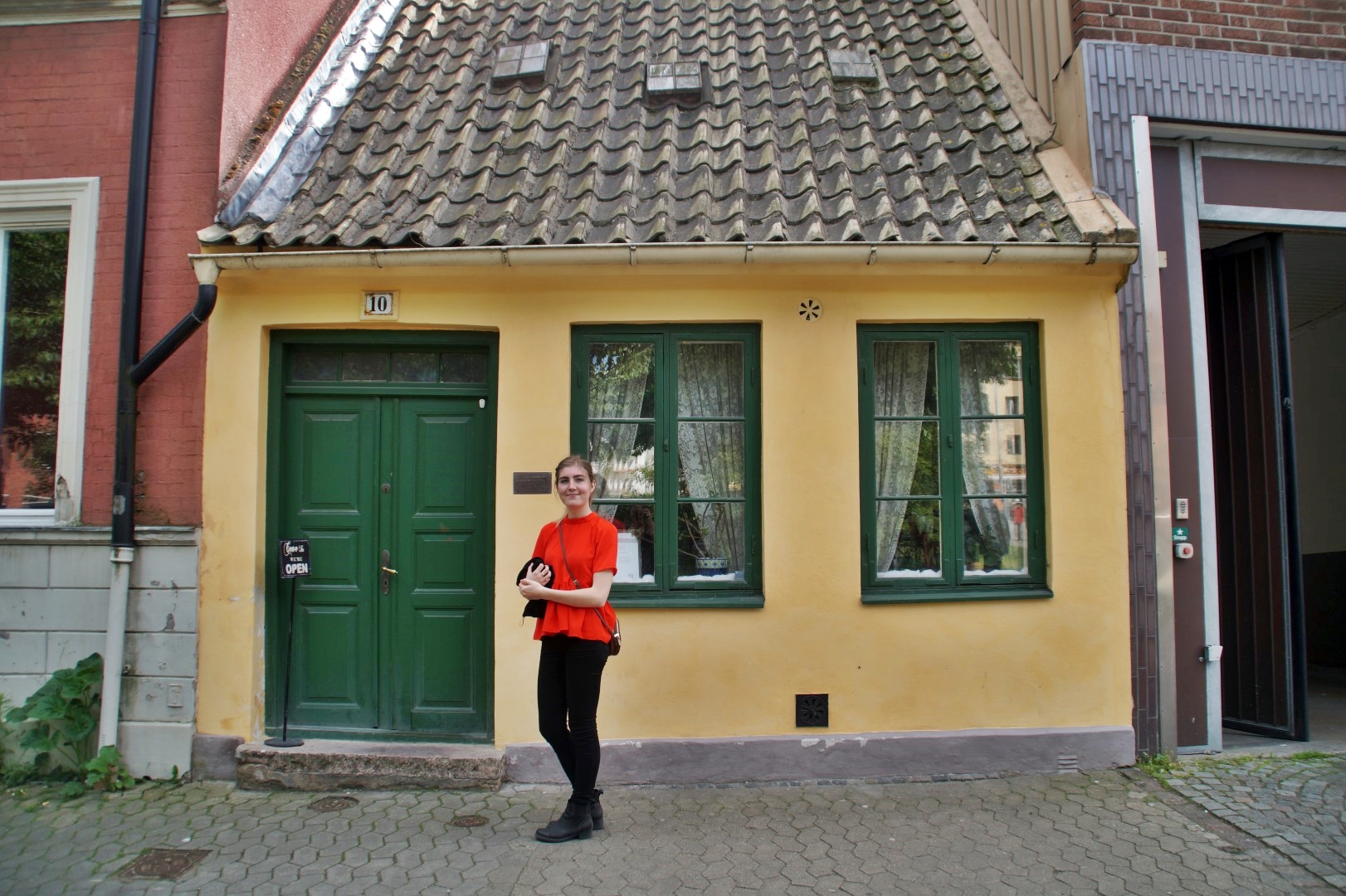
Ebba’s old house

The last hour was spent enjoying coffee and ice cream at a café on one of Malmös many cozy squares. At 4 PM our trip had come to an end, and it was time to head back to Copenhagen on Bus 999.
10 months after moving to Copenhagen, I finally took the trip across the Øresund Bridge to Malmö, which lies literally just across it. I can’t believe that it took me so long, especially considering how much I loved the city! It’s undoubtedly the most underrated city in Scandinavia, and it deserves way more visitors and love! I, for one, will definitely be coming back often in the future!
Visiting Malmö? Download a city guide for Malmö with GPSmyCity here!
Leave a Comment
Pingback: Discovering Liège, my unexpected favourite Belgian city – Northtrotter on 20/06/2017

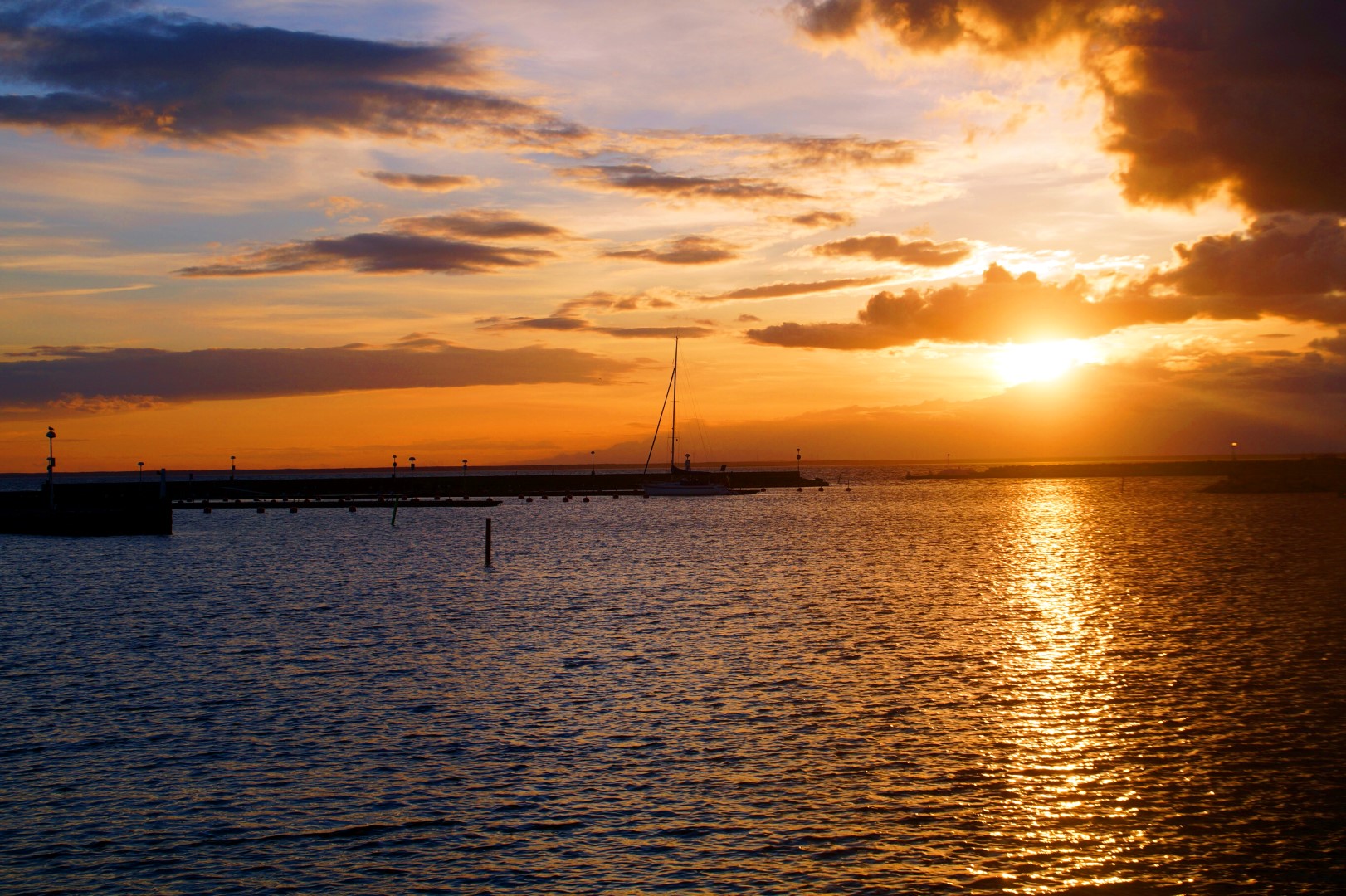

3 COMMENTS
Ann
8 years agoI am happy that you did it and visit this city, you discovered it for yourself and for us. I confess there are cities in my country which I also have never seen, but I know that every city deserves for a chance! I love the jumping photos, you look so cool, Mel! These photos deserve a worldwide popularity!
Melissa Cherry
8 years agoThere will always be cities that you can’t see, but some of them will definitely surpise you, like Malmö did me! 😀
Hehe thank you Ann! 😛